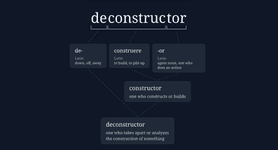Andrei Stoica
@andreistoica
Andrei Stoica
@andreistoica

personal site topology themed :D
do things to earn coins and redeem them (old resumes, stickers, etc.)
conor davidson is a tech lead at sanctuary computer and MC’d chinatownJS talk night i went to. super cool guy, his experience is aspirational :O